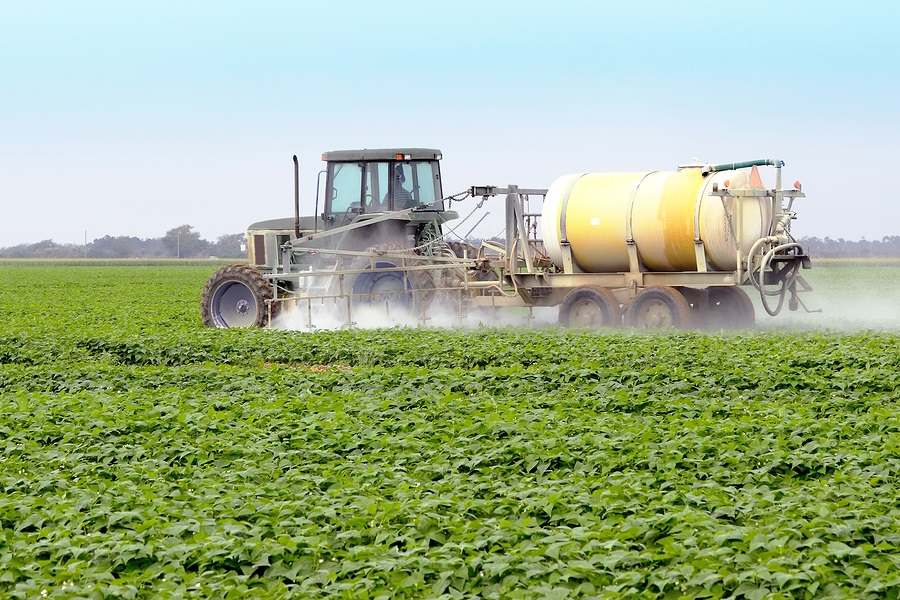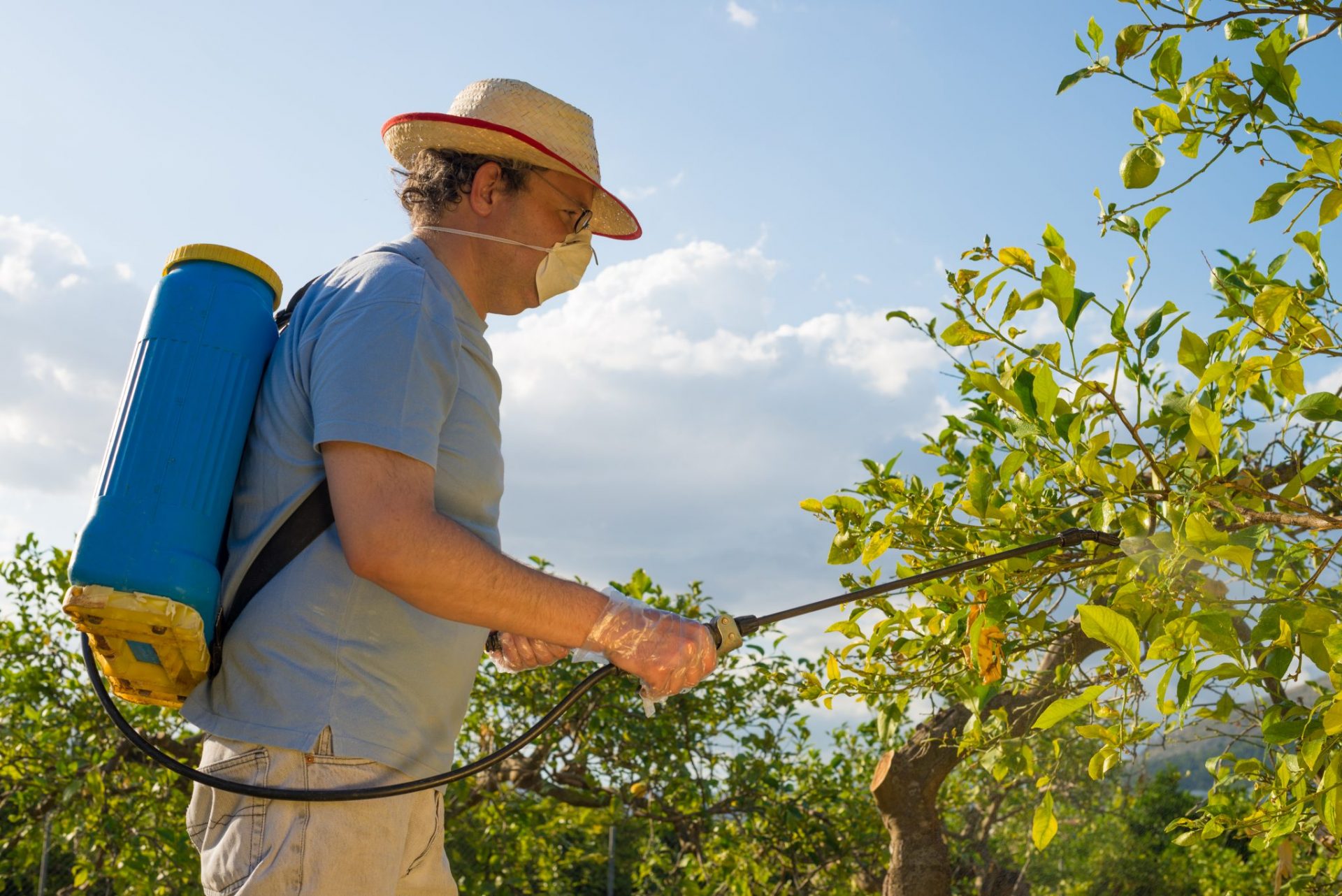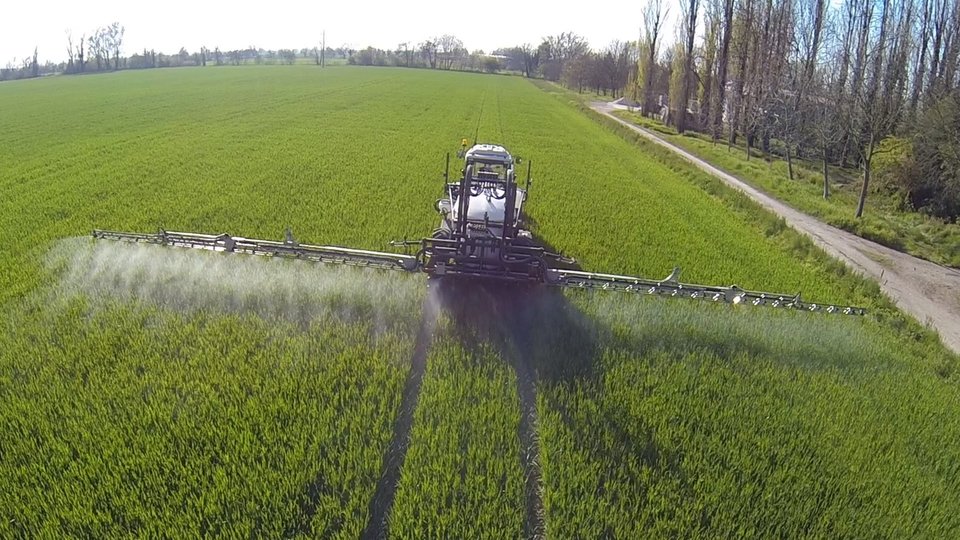Airline cover-up: Toxic oil from jet engines poisoning passengers and crew for decades
(NaturalHealth365) Aerotoxic syndrome, the term for the illness caused by exposure to contaminated air in jet aircraft, is ruining careers and claiming lives, causing the illness, permanent disability and even death of airline employees and passengers.
Yet the issue is minimized, swept under the rug and largely ignored by corporate giants Boeing and Airbus, with those who speak out facing character assassination, ridicule and even termination.
Aerotoxic syndrome is being called the “asbestos of the airline industry”
Discovered and named by French scientist Dr. Jean-Cristophe Balouet on October 20, 1999, aerotoxic syndrome is believed to affect 250,000 pilots, cabin crew and passengers worldwide.
The problem actually dates back to 1963, when aircraft moved from a fresh air source – air drawn from separate fuselage intake valves – to the use of “bleed air,” direct from the engines, which is mixed with recirculated cabin air at a 50/50 ratio. The synthetic oil used by jets contains organophosphates – used in pesticides and nerve gas, and banned by the EPA for residential use in 2001 because of known toxicity. The byproducts of these carcinogenic organophosphates can include aldehydes and carbon monoxide.
The use of bleed air allows these heated lubricants to come into the passenger cabin in the form of toxic vapors – referred to as a “fume event.” The video (below) clearly reveals the darkest secret within the airline industry – truly shocking!
Negligent airplane maintenance can trigger serious consequences for passengers and crew
The use of “wet seals” is intended to keep oil and air apart, but these seals can wear out and become less effective over time. In 1978, during deregulation, wet seals maintenance replacements were extended from 5,000 flight hours to 30,000 flight hours – a policy that endangers the health of passengers and crew.
If the wet seals fail suddenly, oil vapors get into the bleed air, causing fumes – sometimes accompanied by a foul-smelling bluish smoke – to enter the cabin. Many have likened the odor of a fume event to “dirty socks” and an “oily, chemical smell.”
There are currently no chemical sensors onboard aircraft to detect fume events, only the senses and perceptions of the crew and passengers. However, swab-testing can confirm fume events after the fact by detecting residues on interior surfaces of the cabin.
Warning: The effects of fume events can be debilitating
Fume events – which clean cabin air advocates say occur daily around the world – can cause chronic or acute symptoms, including violent vomiting, severe migraines, inflamed nerve endings in the brain, blurred vision, respiratory distress, and heart spasms.
So, if you become suddenly violently ill on a plane – or if you have symptoms after deplaning, such as headaches, flu-like symptoms or disorientation – it may not be old-fashioned, run-of-the-mill “airsickness” or “jet lag,” as the airline industry would have you believe. It could be aerotoxic syndrome.’
The video (below) shows you how highly-toxic oil fumes can poison airline passengers (and crew) during a flight:
Effects of fume events can be cumulative and deadly
Frequent fume events, a particular hazard for aircraft crew and frequent flyers, cause chronic low-level exposure to residual toxins, including carcinogenic organophosphates and other volatile organic compounds. Those afflicted by chronic aerotoxic syndrome can die of sudden cardiac arrest because toxins have moved into heart tissues, causing lymphocytic myocarditis – a deadly inflammation of the heart muscle caused by neurotoxins.
Equally dangerous, especially in regards to aircraft crew, are the disorientation, feelings of intoxication and deficits in cognitive brain function that can accompany chronic aerotoxic syndrome. The existence of these symptoms raises the terrifying possibility of pilots who could become impaired and incapacitated during a flight.
Estimates on frequency of fume events vary wildly
Currently, all airlines and practically all aircraft are susceptible to fume events. But frequency estimates vary, depending on who is doing the tabulating.
According to the 2007 claim by the UK Committee on Toxicity of Chemicals in Food, Consumer Products and the Environment, fume events occur in 1 in 100 flights. Clean cabin air activists, noting that toxic residue was found in 50 percent of all aircraft sampled, place the estimate at up to 50 percent of all flights – meaning hundreds of fume events occur worldwide on a daily basis.
They assert that regulating authorities are financed and controlled by the aviation industry, and will follow the industry’s lead when it comes to downplaying aerotoxic syndrome.
Health and safety aviation activists are pushing for solutions
Aerotoxic Association was founded by airline crew whose careers had been cut short by aerotoxic syndrome and who now want to support similarly affected crew and passengers, inform the public of the dangers, and work with the industry to implement solutions.
The association gathers, records and publishes accounts and photographs of fume events on aircraft around the world, and also sells an activated carbon face mask that the group says can provide some protection from fumes. According to AA, fume events can be avoided by installing bleed air filtration on all aircraft; the group says passengers should write the airlines to demand this, as well as signing the group’s petition demanding Toxic Air Detectors.
Click here to visit the Aerotoxic Association or use this link: https://aerotoxic.org/about-aerotoxic-syndrome
Snapshot of a fume event
Also on the Aerotoxic Association website is a copy of a lawsuit recently filed against Boeing by a Washington state flight attendant regarding a particularly noxious fume event in which the flight attendants, cabin crew and passengers smelled an odd odor, then developed severe headache, tingling fingers and disorientation. Some attendants reported vomiting and burning eyes, and a passenger passed out.
The entire crew was evaluated by paramedics in Austin, Texas, and one flight attendant had to be treated at an area hospital for carbon monoxide poisoning. She is now permanently impaired and can no longer work as a flight attendant; in the court papers her attorneys say the case will highlight Boeing’s “dirty little secret” of bleed air contamination.
Cabin Air Quality Act is the best hope for the future
In 2010, Senator Diane Feinstein (D., CA.) introduced an amendment to study aerotoxic syndrome. Passenger rights groups, as well as flight attendant groups, are now pushing for the passage of a Cabin Air Quality bill in the U.S., with the placement of mandatory chemical sensors on all current bleed air aircraft and a return to the safer, pre-1979 policy of a 5,000 flight mile engine wet seal replacement window.
The bill would also require that all future aircraft utilize the safer “non-bleed air” design, as with the new Boeing 787 Dreamliner, which uses air directly from the atmosphere. A state-of-the-art jet in which the designers took pains to revert back to the safer, pre-1963 design – prove that the industry is aware of the health threat posed by contaminated bleed air.
Porter Lafayette, health and safety aviation activist and author of “Fume Event – Aviation’s Biggest Lie,” urges you to contact local senator or congressman to demand clean air on all aircraft.
In the words of US Attorney Alisa Brodkowitz: “…The only thing filtering this toxic soup out of the cabin are the lungs of the passengers and crew…” The threat of contaminated bleed air – with its debilitating and deadly legacy – has been persisting for decades. But, it should not be allowed to endanger crew and passengers a moment longer.
References:
https://aerotoxic.org/information
https://www.lulu.com/shop/http:/www.lulu.com/shop/porter-lafayette/fume-event-aviations-biggest-lie/paperback/product-22824701.html










